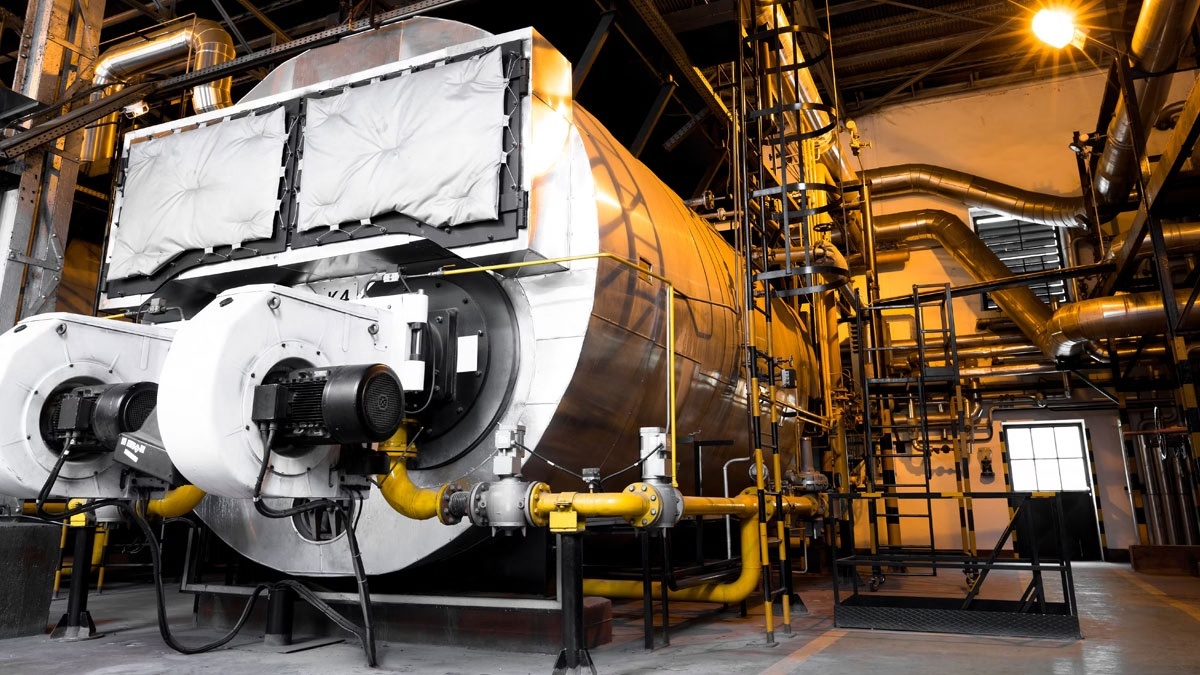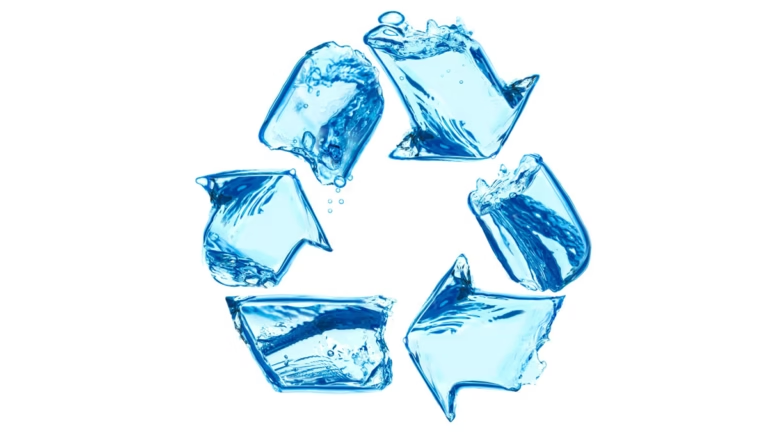The solution to most of these problems may lie in the proper treatment of the water used.
Regardless of the process in which steam is used, it must be of a certain quality so that equipment, such as boilers and cooling towers, can function as expected.
If the water used to generate steam does not have the required quality, the industry may be subject to operational failures, loss of thermal efficiency, increased energy consumption and many other problems that increase costs and cause serious risks to the equipment.
And what can happen when the water used is not properly treated?
When the water used is not of the appropriate quality, several problems can occur and lead to serious equipment failures, such as broken valves and pipes, blockages, reduced steam production, overheating and even accidents. The main ones are:
- Corrosion – This occurs mainly due to the presence of corrosive ions, excess gases dissolved in the water, such as oxygen, and a pH lower than ideal.
- Encrustation – Caused by the accumulation of impurities and other substances suspended in the water, mainly the presence of calcium, magnesium and silica salts.
- Drag – Caused by the entry of suspended solids, the drag of water into the steam line can lead to corrosion and encrustation, in addition to overheating and reduced equipment performance.
How can Culligan help?
With the premise of providing a complete solution to the client, our engineers check your water analysis and, based on this and process information, select the equipment necessary for your needs.
Culligan has a wide range of equipment, from filtration to electrodeionization, to provide the best solution for your boiler or steam generator.
What are the benefits of proper water treatment?
- Fuel savings;
- Chemical savings;
- Better quality steam generation;
- Greater safety;
- Reduced need for equipment maintenance;
Reduced operating costs.
An important point in improving efficiency is the process called “Concentration Cycle”. As the boiler generates steam, the components that do not evaporate remain inside the boiler, and with the entry of more water and the continuous generation of steam, their concentration increases. The better the quality of the feed water, the more concentration cycles are performed, generating savings for the industry.
How about a concrete example of the advantages of treating water correctly?
A large chemical industry was suffering from boiler tube failures in its power plant, causing not only expensive repairs but also significant downtime. When performing an analysis of the problem, it was identified that the boiler tube failures were the result of encrustation caused by the poor quality of the water arriving at the plant. Before the Culligan systems, the boiler makeup water was treated only with a combination of activated carbon filter and softeners. As a result, less than 50% of the condensate was returned and the boiler operated on 7 concentration cycles.
After a thorough analysis of the data, Culligan recommended the use of a reverse osmosis system to treat the boiler makeup water. The system significantly improved water quality, allowing the customer to reduce the boiler blowdown rate from 14% to 2%. Due to the reduction in boiler blowdown and the resulting chemical savings, the customer realized savings of approximately US$200,000 per year. The payback period for this project would be approximately 1.5 years! Isn’t it amazing when a project not only provides increased safety, but also saves money like this?
And how can I determine if my system needs water treatment?
Contact Culligan. Our engineers have extensive experience and have helped thousands of companies choose the best water treatment system to benefit from all its benefits. Culligan can also help you with calculations for increased concentration cycles, reduced fuel or energy consumption and other savings to help make the project viable.








